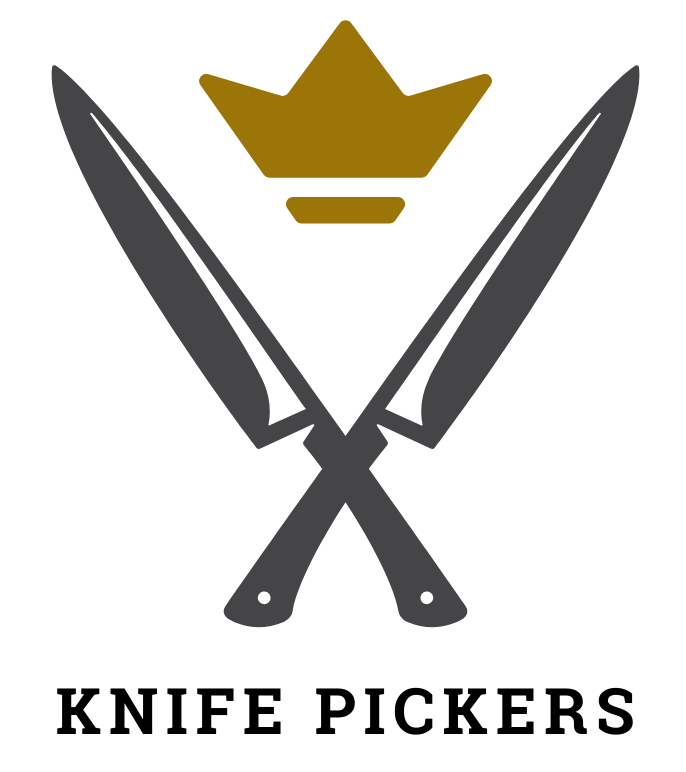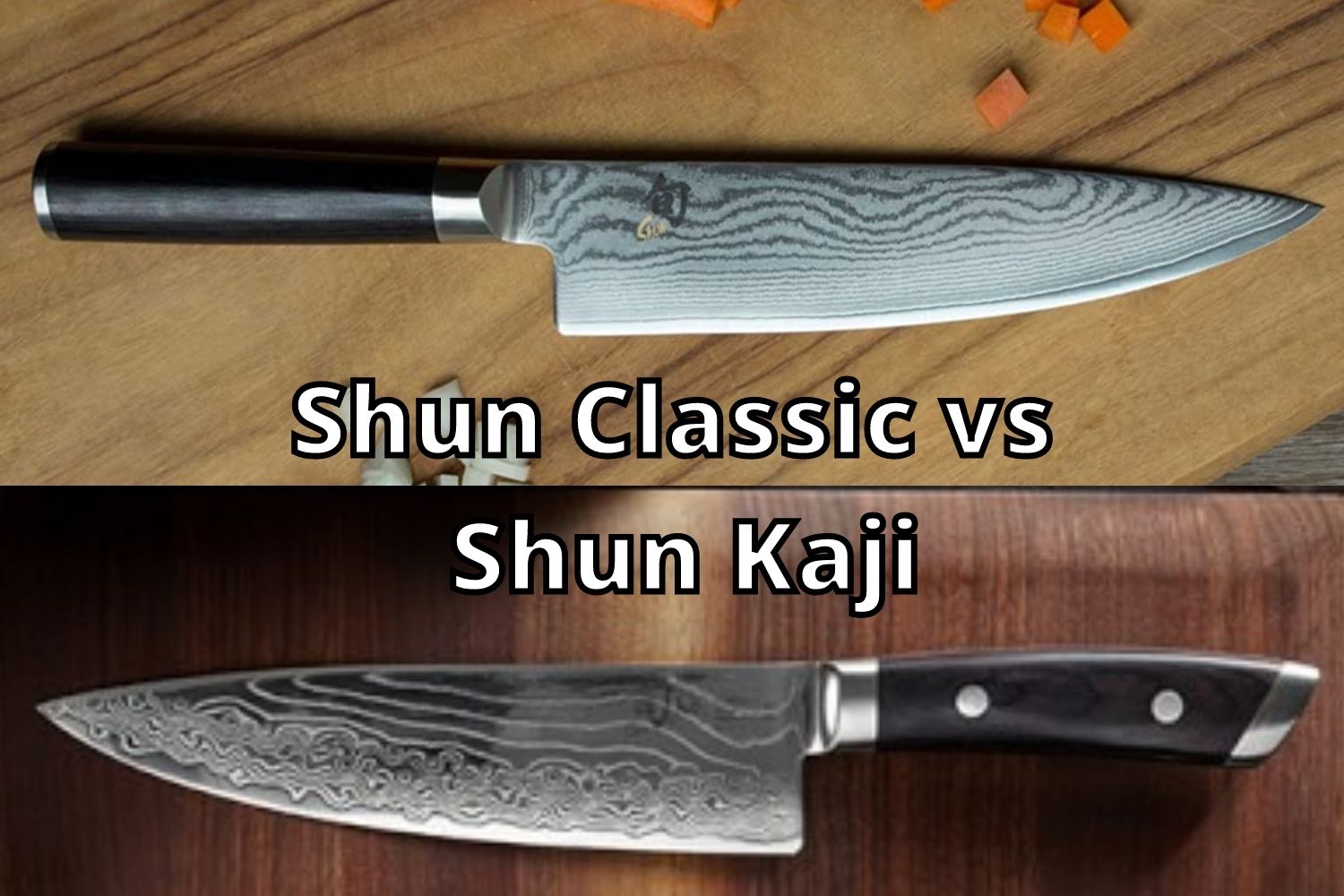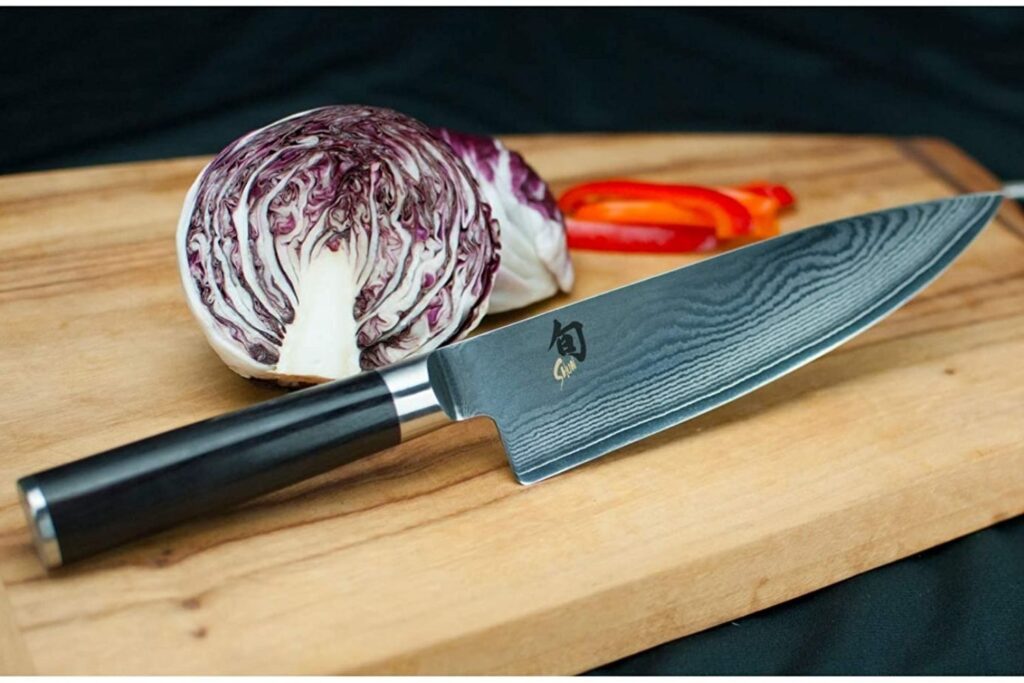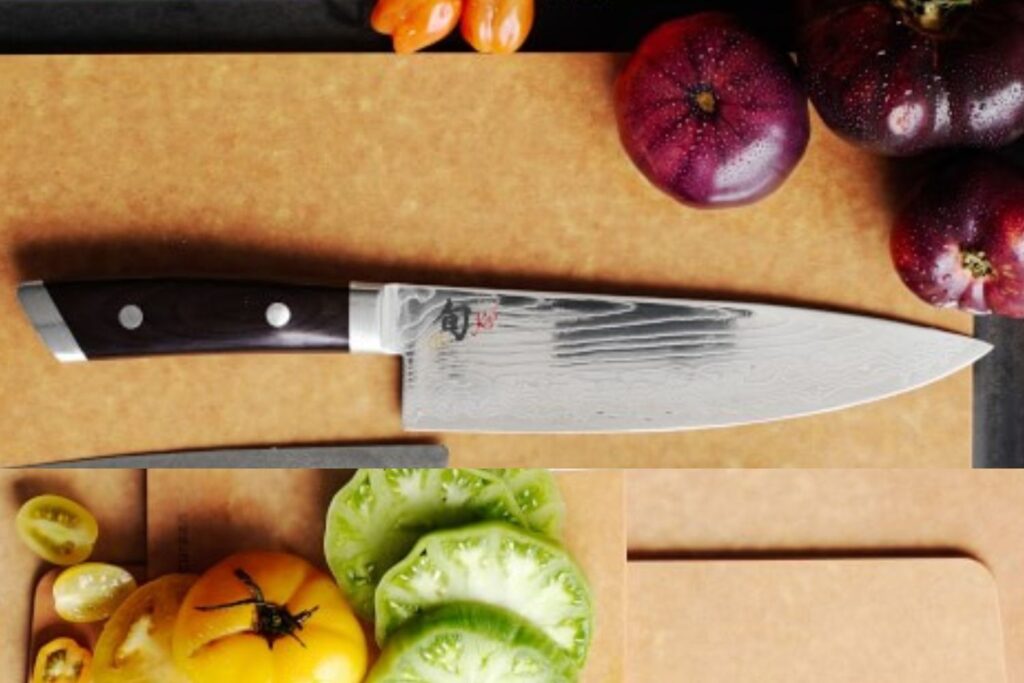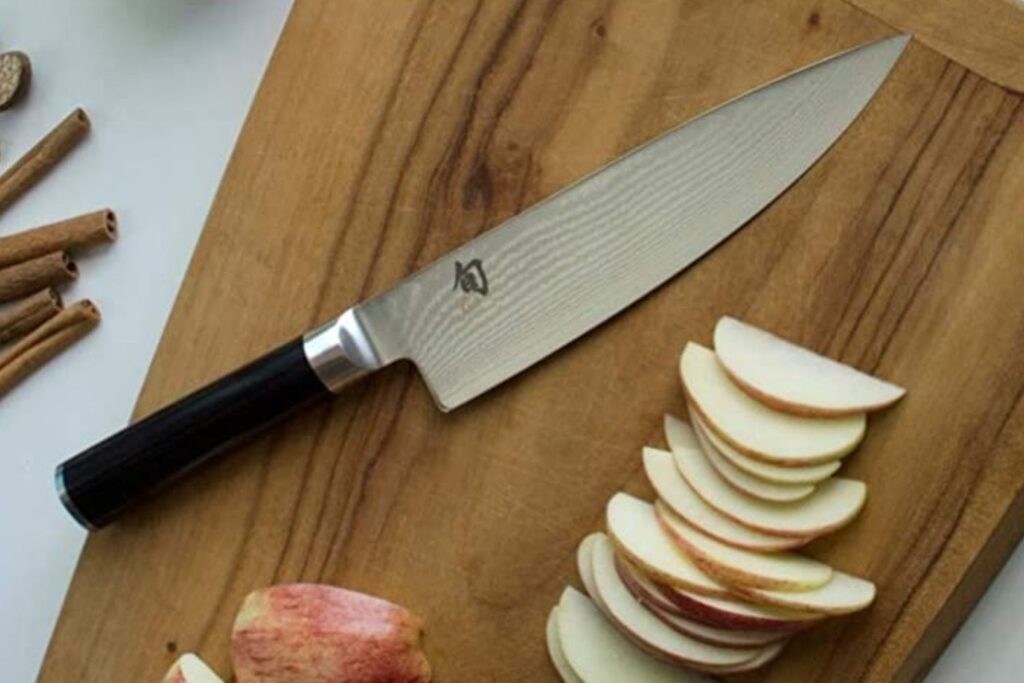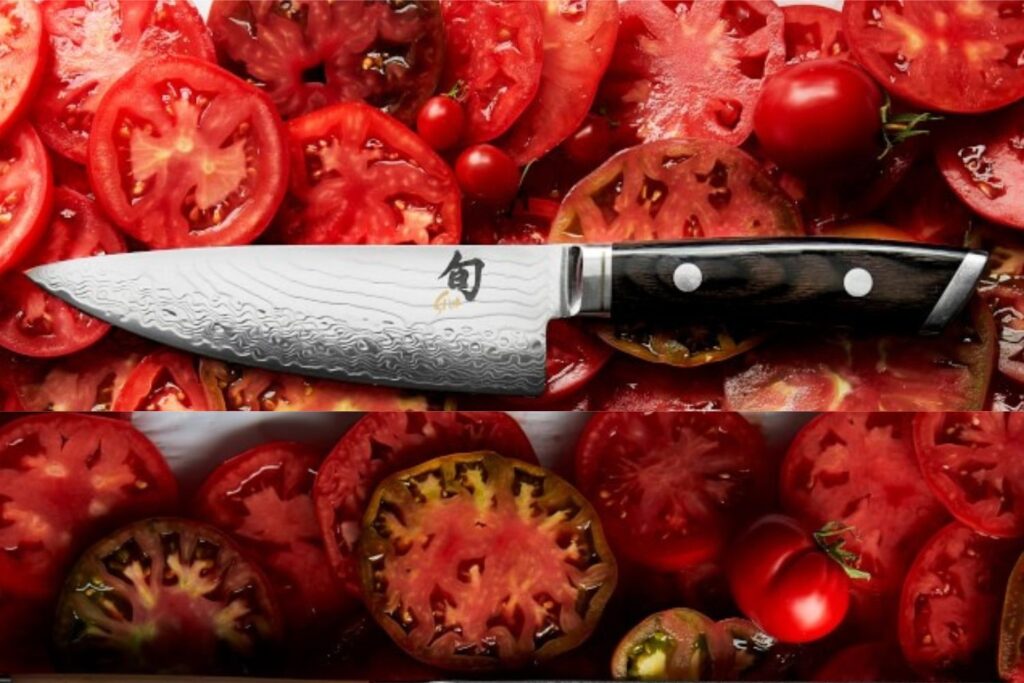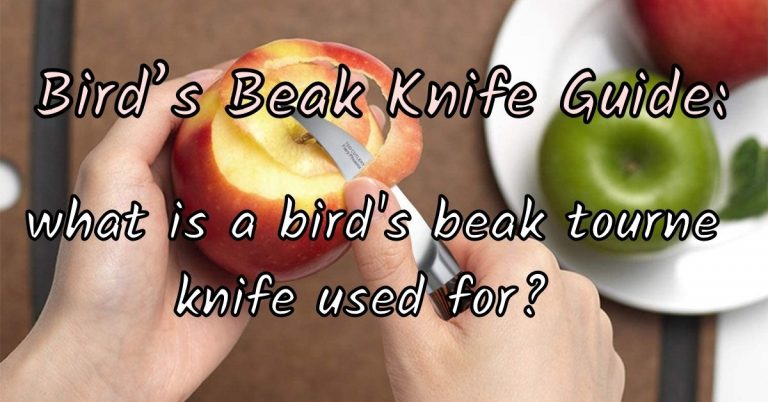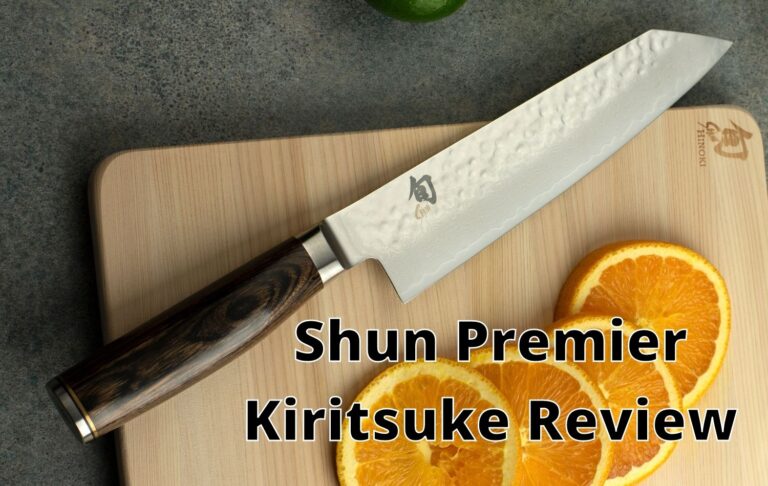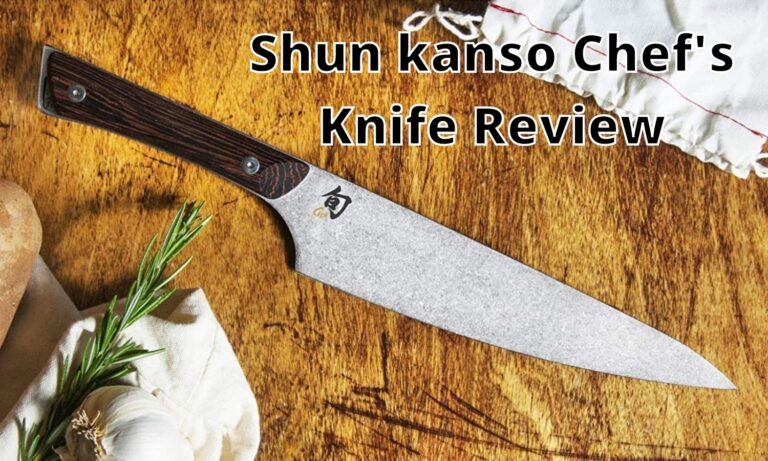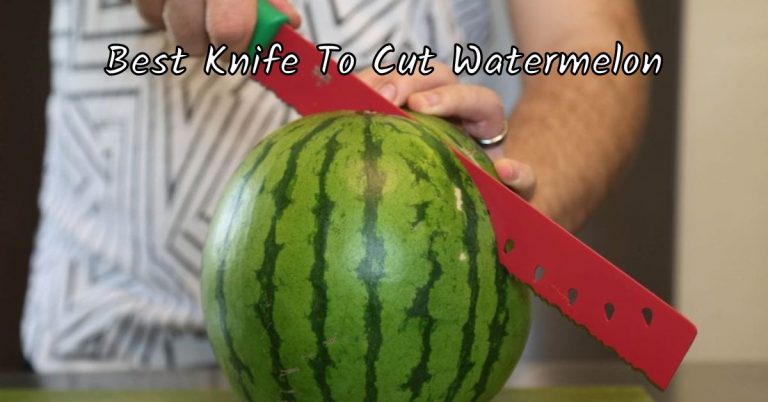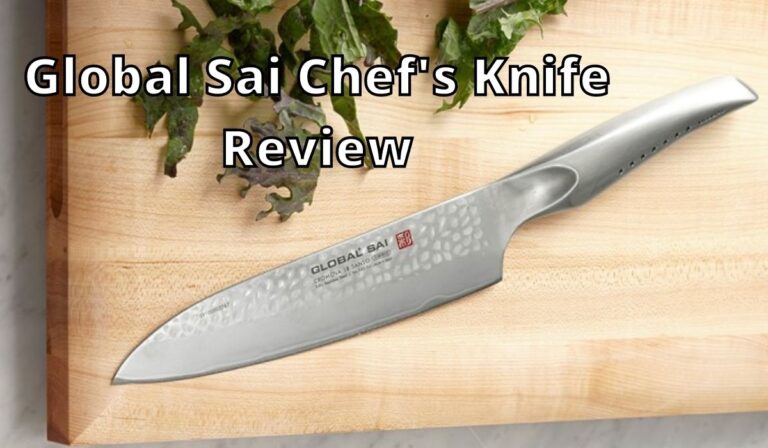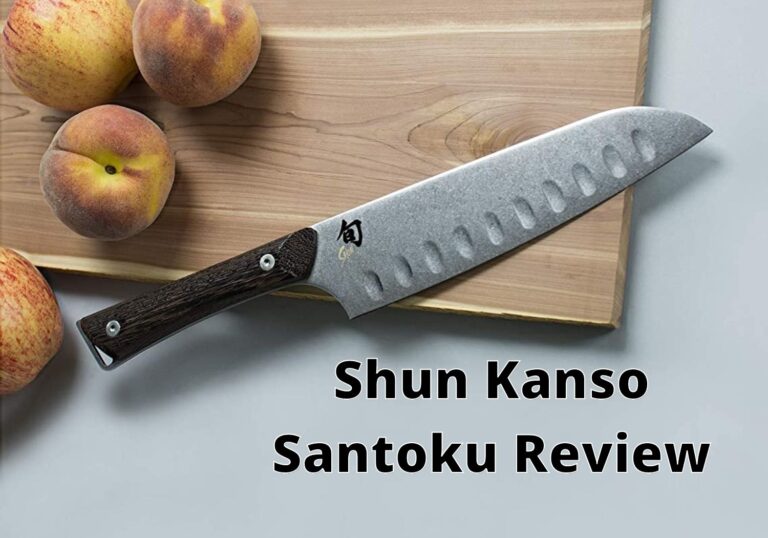Are you researching for a quality knife to add to your kitchen? Then you must have come across Shun, a well-known Japanese knife maker. They have a large collection of different knives. Among them, Shun classic and kaji are two high-end, renowned collections to their users. But these two lines have a lot of differences along with some similarities. If you want to know more about these knives then let’s dive deep into this detailed Shun classic vs kaji comparison.
There are different parts of this comparison, there is a quick overview, comparison table, and detailed comparison between these two knives.
Quick Overview: Shun Classic vs Shun Kaji
If you are in hurry then before going through this whole Shun kaji vs shun classic comparison you can go through this quick overview. Here are the main differences between these two kaji and classic knives.
- Though both knives are made with quality material they use different materials. Shun classic core is made with famous VG-MAX super steel. And in kaji core is made with high carbide Sg2 powder steel.
- In shun classic, the blade core is wrapped by 34 layers of stainless steel at each side. Whereas shun kaji has 32 layers of steel at the side of the core.
- Both knives have a Damascus pattern finish through their whole body but that pattern is different from each other.
- Shun classic handle design a traditional D shape and it has a curve at the right side. So, the classic handle is a black asymmetrical handle with a steel end cap. On the other hand, shun kaji has a double riveted ergonomic handle with an angled end cap.
- Shun kaji is pricer than shun classic knife. The classic line is more value for money and affordable.
This two knife doesn’t only have differences, as they are made by same knife makers they also have many similarities.
- Both classic and shun kaji handles are made from pakkawood which is a water-resistant resin-based material.
- Kaji and Classic have the same extremely sharp 16-degree citing angle at both sides.
- As both of these shun knives are made from quality material they have rock solid hardness. On the Rockwell scale, both knives have more than 60 hardness.
- Shun classic and kaji both have long-lasting edge retention.
- Both of them are full tang knives.
- Both these shun knives prefer only handwash like all other shun knives.
- Shun provides another amazing feature with their knives. That is both of these knives come with a limited lifetime warranty and free sharpening service.
Comparison Table: Shun kaji vs shun classic
| Shun Classic | Shun Kaji | |
| Where it’s made | Seki, Japan | Seki, Japan |
| Blade Material | VG-MAX super steel | SG2 powder steel |
| Blade Construction | Core is wrapped by 34 layers of stainless steel at each side | Core is wrapped by 32 layers of steel at each side |
| Blade Design | Damascus pattern | Damascus pattern finish |
| Handle Material | Ebony Pakkawood | Pakkawood |
| Handle Design | Traditional D shape handle with Steel end cap | Double riveted ergonomic handle with an angled end cap |
| Handle Color | Black | Black |
| Sharpness ( Edge angle) | 16 | 16 |
| Rockwell Hardness | 60+ | 60+ |
| Full Tang | Yes | Yes |
| Edge retention | Long-Lasting | Long-Lasting |
| Cleaning | Hand wash | Hand Wash |
| Warranty | Limited Lifetime | Limited Lifetime |
| Price | Less Expensive ( Check Price on Amazon) | More Expensive ( Check Price ) |
Differences Between Shun Classic vs Kaji Knives
In the quick overview part of this Shun kaji vs classic comparison, the differences between these two knives were described briefly. Now, let’s talk about those differences between these two shun knives in detail.
Differences 1: Blade Material
Though Shun kaji and shun classic uses different core materials both of these are high-quality materials.
The blade core of shun classic is made with VG-MAX super steel. VG-MAX is an innovative and exclusive steel formula of shun. It is an upgraded version of famous VG-10 steel and the newest steel of the VG super steel line. VG-MAX is enriched with a high amount of carbon, cobalt, chromium, vanadium, and molybdenum. All these components enrich the hardness, rust resistance, and strength of the knife.
On the other hand, shun kaji knife is made with SG2 micro carbide powder steel. SG2 powder steel is also known as super gold steel. It is a high carbon alloy of stainless steel enriched with different necessary components like VG-MAX. That component ensures its hardness and durability.
Differences 2: Blade Construction
Shun classic and kaji have different balde construction. Shun classic has 34 layers of steel at each side of the blade core. Those layers protect the core from any kind of damage and extra pressure while working. So, along with the core, there is a total of 69 layers of steel in shun classic. These layers are made with two types of steel and it contributes to increasing the flexibility of the knife.
On the other hand, Shun kaji has 32 layers of stainless steel at each side of its blade core. So, there is a total of 65 layers of steel in shun kaji. These layers are made with forged nickel Damascus steel and ensure core safety from damage.
Differences 3: Blade Design
Though both knives have Damascus pattern through their whole body those patterns are different from each other.
In Shun classic there is a wavy Damascus pattern. Those Damascus lines are wider and there is the same density of those Damascus patterns through the whole body of the knife. And the classic edge has a plain finish.
Whereas, in shun, kaji Damascus pattern lines are thinner when compared between Shun classic vs shun kaji . And at the bottom, part Damascus pattern is denser than the upper portion of the balde. Its bottom portion pattern looks more like a flower Damascus pattern than a wavy Damascus pattern.
Both knives have the almost same shape and both have a shun logo at one side of the balde.
Differences 4: Handle Design
Though both of these knives use the same handle material their handle design is totally different from each other.
Shun Classic knife features a traditional Japanese style D shape handle. The handle is straight rounded but it has a slight ridge on teh right side. So, the ridge fits nicely in teh palm and it is very comfortable for right-hand users. But as there is a curve on the right side it is not as comfortable as it is for right-hand users. This black handle looks more beautiful with the steel end cap with shun logo.
But, shun kaji has a black ergonomic-shaped handle. This handle is double riveted which means there are two pins in the handle going through one to another side of the handle. Kaji’s handle looks more like a western knife handle than a Japanese handle. As it is an ergonomic handle it is comfortable for both left and right-hand users. There is an angled ens cap at the end of the black handle.
Differences 5: Price
There is a noticeable difference between the price of shun kaji and primer.
When there is a comparison between Shun classic vs kaji , then shun kaji is more pricy and costly than classic knives.
On the other hand, shun classic is a more affordable knife. It is a proper combination of affordability and quality. That’s why shun classic, is one of the most well-known knives among shun, knife users.
Differences 6: Product Offering
Both shun classic and kaji lines offer different types of knives. For example in the classic line, along with shun classic chef’s knife there is shun classic santoku, nakiri, kiritsuke and other knives and knife sets, and the same for the kaji line.
Click on ‘Available’ to know more about that knife.
| Knife/ Set | Shun Classic | Shun Kaji |
| chef’s knife | Available | Available |
| Santoku knife | Available | Available |
| Nakiri Knife | Available | Available |
| Kiritsuke knife | Available | Available |
| Prep knife | Not Available | Available |
| Boning fillet knife | Available | Available |
| Asian cook knife | Available | Available |
| Bread Knife | Available | Available |
| Utility Knife | Available | Available |
| Paring Knife | Available | Available |
| 3 piece knife set | Not Available | Available |
| 5 piece knife set | Available | Not Available |
Similarities Between Shun Classic and Shun Kaji Knife
We have gone through all the differences between Shun classic vs shun kaji knives. How to let’s talk about similarities between these two shun knives.
Similarities 1: Handle Material
Shun Kaji and classic have different handle designs but their handle is made from the same handle material. Both kaji and classic feature pakkawood handle. Pakka wood is not any kind of natural wood, it is a resin-based material. It is a composite handle material made from resin, hardwood, and other materials. As a resin-based material pakka wood handles are perfect for different bright colors and designs.
Pakkawood handles are water and moisture resistant so they are easy to maintain and clean. Moreover, these handle doesn’t harbor bacteria so it lasts for long.
Similarities 2: Sharpness and Edge
Both of these shun knives are hand-honed to a razor-sharp 16-degree cutting angle at both sides. That means both of them are double bevel knife and has the same sharpness at both sides. With this sharp edge, both knives provide effortless and precise cuts every time.
The Traditional 3 step Honbazuke method is used for both of these knives to ensure this sharpness like a katana sword. In this process, a knife is sharpened on horizontal and vertical rotating stone in the first two-step. And then at the final step craftsman polish knife-edge on leather.
Similarities 3: Hardness
Both kaji and classic use quality blade material and both have a solid blade construction. So, both of this knife has a tough hardness. On the Rockwell hardness, both of these knives have a hardness of more than 60. Even shun kaji has Rockwell hardness around 64. Rockwell hardness over 60 is considered as a tough hard and durable knife.
Similarities 4: Edge Retention
When it comes to edge retention you won’t need to worry about any of these knives. As both kaji and classic have tough hardness so both of them will retain their sharp edge for a long. So, you won’t need to sharpen these shun knives so often.
Similarities 5: Tang
Tang is the part of the balde that goes through the handle and if it goes to the end of the handle then it is known as full tang. A full tang knife is more durable and has perfect balancing than a half tang knife. Shun Kaji and classic both are full tang knives.
Similarites 6: Clean and Miantanane
Proper cleanliness, care, and maintenance are important for the longevity of a knife, same for shun knives.
Both shun kaji and classic prefer handwash only. Washin these knives in the dishwasher may cause damage to the edge or cause chips. That’s why after every use just wash these knives using clean water or you can use soap and cloth if necessary.
Though both knives have a water-resistant handle it is better to dry a knife properly before storing it. So, after every wash dry your knife properly.
For storing these knives you can use a sheath of a knife block of perfect size. Never put these knives in a drawer without any sheath because the edge may get damaged or hard you accidentally.
Similarities 7: Where they are made
Shun is one of the most well-known and oldest Japanese knife-making companies. All shun knives are handcrafted in Seki japan using years of Japanese traditional knife-making techniques. Seki of Japan is known as the knife and sword-making capital of japan because bladesmiths are making swords and knives here for hundreds of years.
So, you will find the years old Japanese knife-making traditional along with quality material and modern technologies in each shun knife.
Similarities 8: Warranty and Free Sharpening
It’s a unique feature of all shun knives that they come with a limited lifetime warranty and free sharpening service.
For any kind of manufacturing defect, shun provides a limited lifetime warranty with their knives. Same for shun classic and shun kaji knives.
Shun provides free sharpening service to their knife user. If you ever feel that your shun knife has lost its sharpness just send it to shun. They will sharpen the knife-like brand new for free.
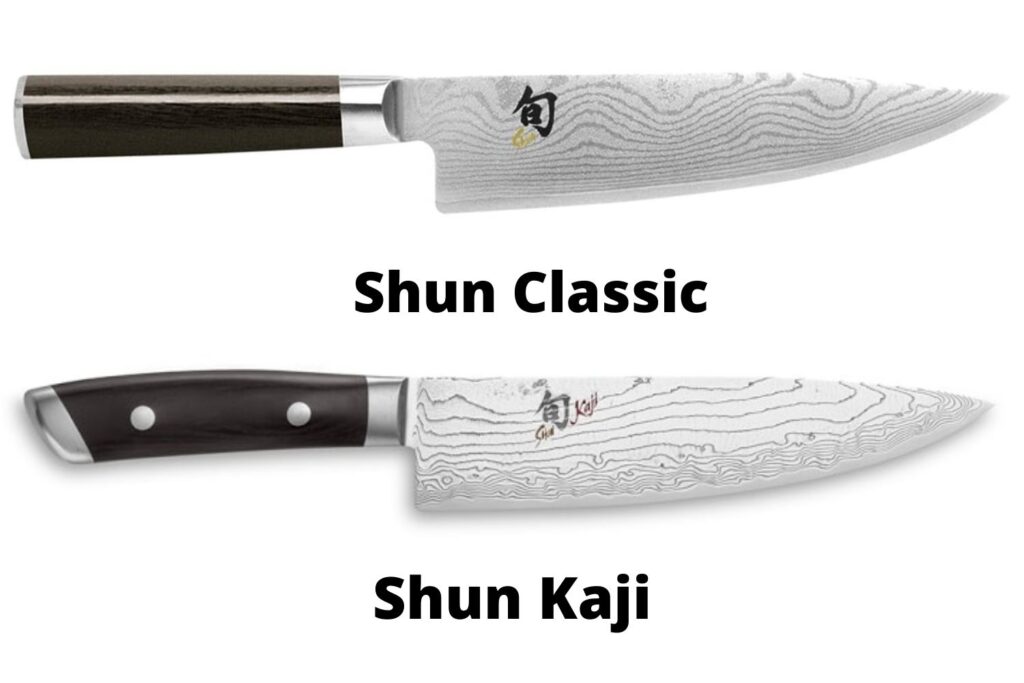
Conclusion ( Should You Buy Shun Classic or Shun Kaji Knife?)
You may have got an in-depth clear idea about the differences and similarities between these two to shun knives from this Shun classic vs kaji comparison. Now it’s time to decide, which one is best for you classic or kaji.
If you want a knife with a rounded handle with a traditional look then Shun classic is a better choice. But if you want a knife with an angled ergonomic handle then shun kaji will be better for you.
Both knives have Damascus finish but if you want a thick and wide Damascus pattern on your knife then classic will be a better option or else you can choose kaji.
Both knives have extreme hardness, sharpness, and long-lasting edge retention quality.
Finally comes affordability, As a high-end shun knife kaji is a little bit costly and pricer than shun classic. On the other hand, Shun classic is more affordable and values for money product. With the proper combination of quality and affordability shun classic is one of the most famous shun knives.
If you want to read a particular review about these knives. Then here is the full Shun Classic Review and Shun Kaji Review.
